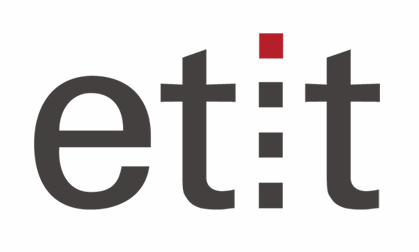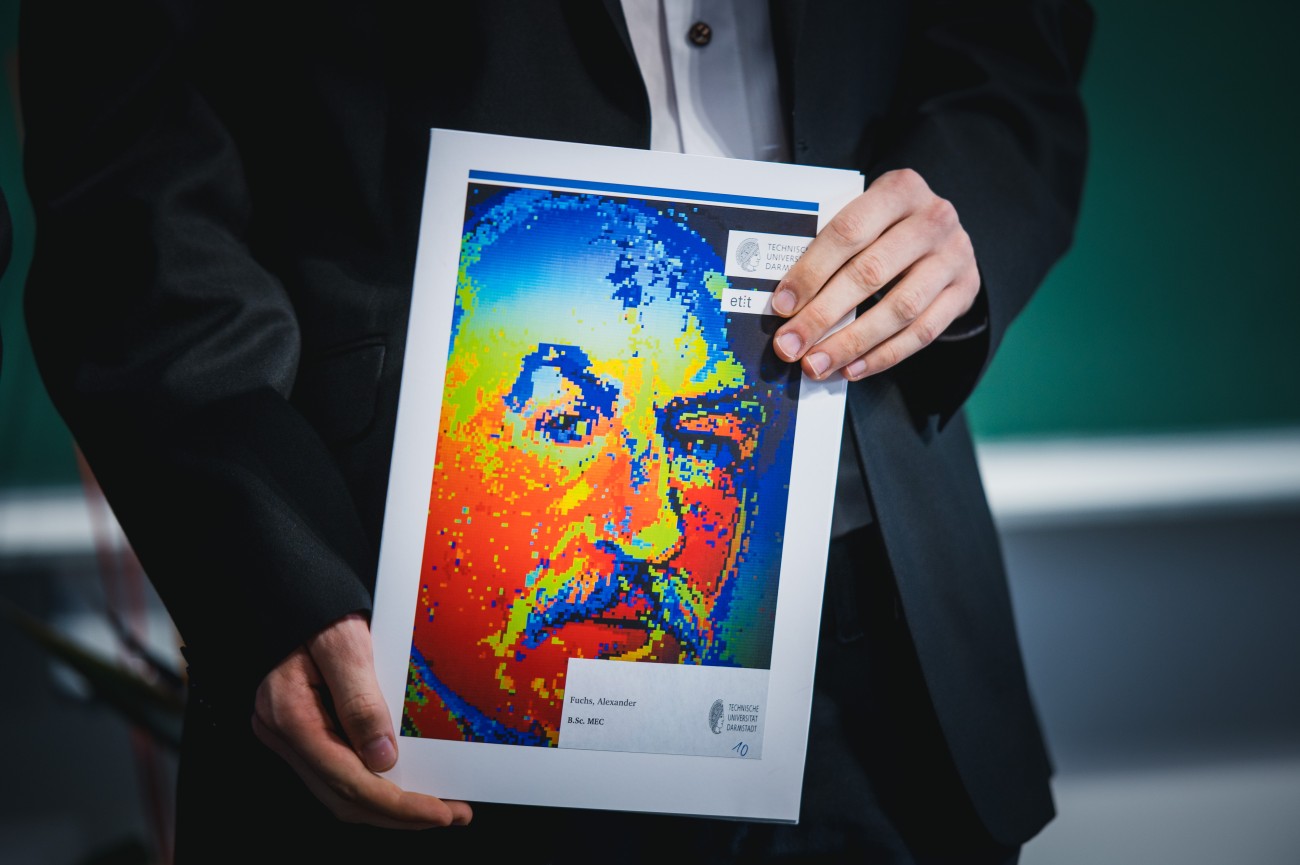Potentials, limitations and prototyping of 40 Hz light therapy systems (Medical application)
Masterarbeit, Bachelorarbeit
40 Hz light stimulation has emerged as a promising non-invasive neuromodulation strategy for the alleviation of neuropsychiatric disorders. Previous research on light stimulation has focused on wavelength, intensity and exposure time of light, measuring rhythm, sleep and cognitive abilities to assess the regulatory effects on physiological and cognitive functions. In mouse studies, one-hour exposure to 40 Hz stroboscopic light exposure has been shown to slow the progression of Alzheimer's disease and thus holds significant potential for treatment in humans. This potential has recently been manifested in preclinical and early clinical studies, indicating that 40 Hz light stimulation is associated with a significant alleviation of Alzheimer's disease-induced deficits in hippocampal gamma oscillation. The aim of this work is to investigate the state of the art of current light therapy systems. In particular, the potentials and limitations of 40 Hz light therapy systems should be identified. After a theoretical examination of the topic, a prototype should be developed and constructed that can be used for light therapy purposes and for non-invasive 40 Hz neuromodulation.




